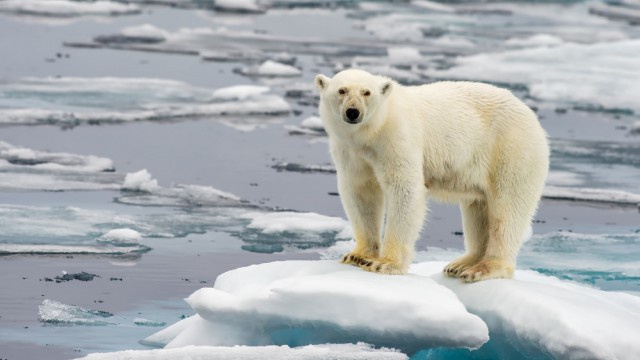Research has shown that influenza is highly adaptable and able to exchange genetic material with other virus-infected cells. This increases the viability of the pathogen and its ability to reproduce.
But to adapt to mammals, the virus needs certain gene changes in the strain that have not yet been identified. However, if mammals feed on sick birds, the virus can adapt.
Among animals and birds, the H5N1 flu has a particularly high impact on carrion eaters. It is noted that many seabirds died as a result of the virus, and their carcasses were fed to sea cats and polar bears.
Scientists are conducting scientific research against this virus.












